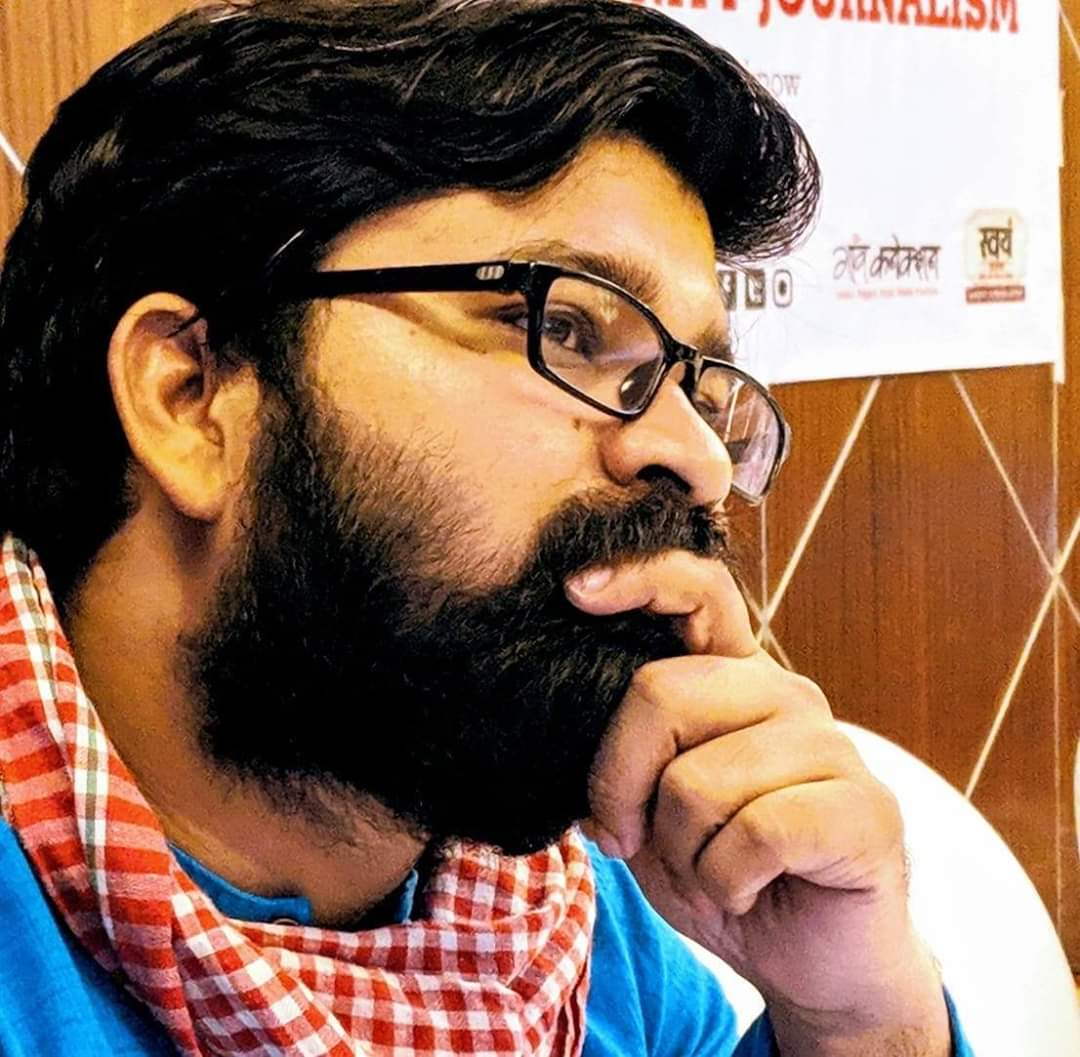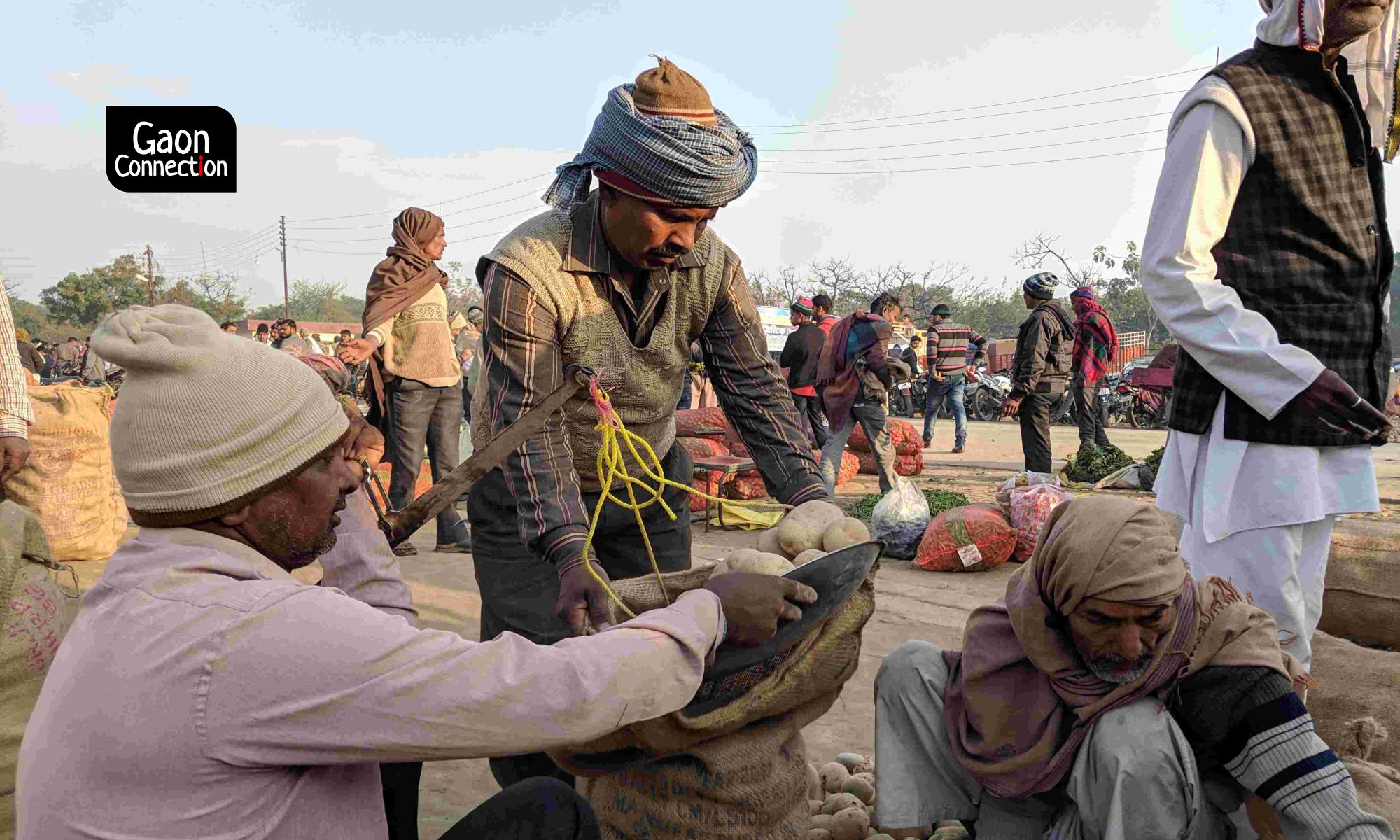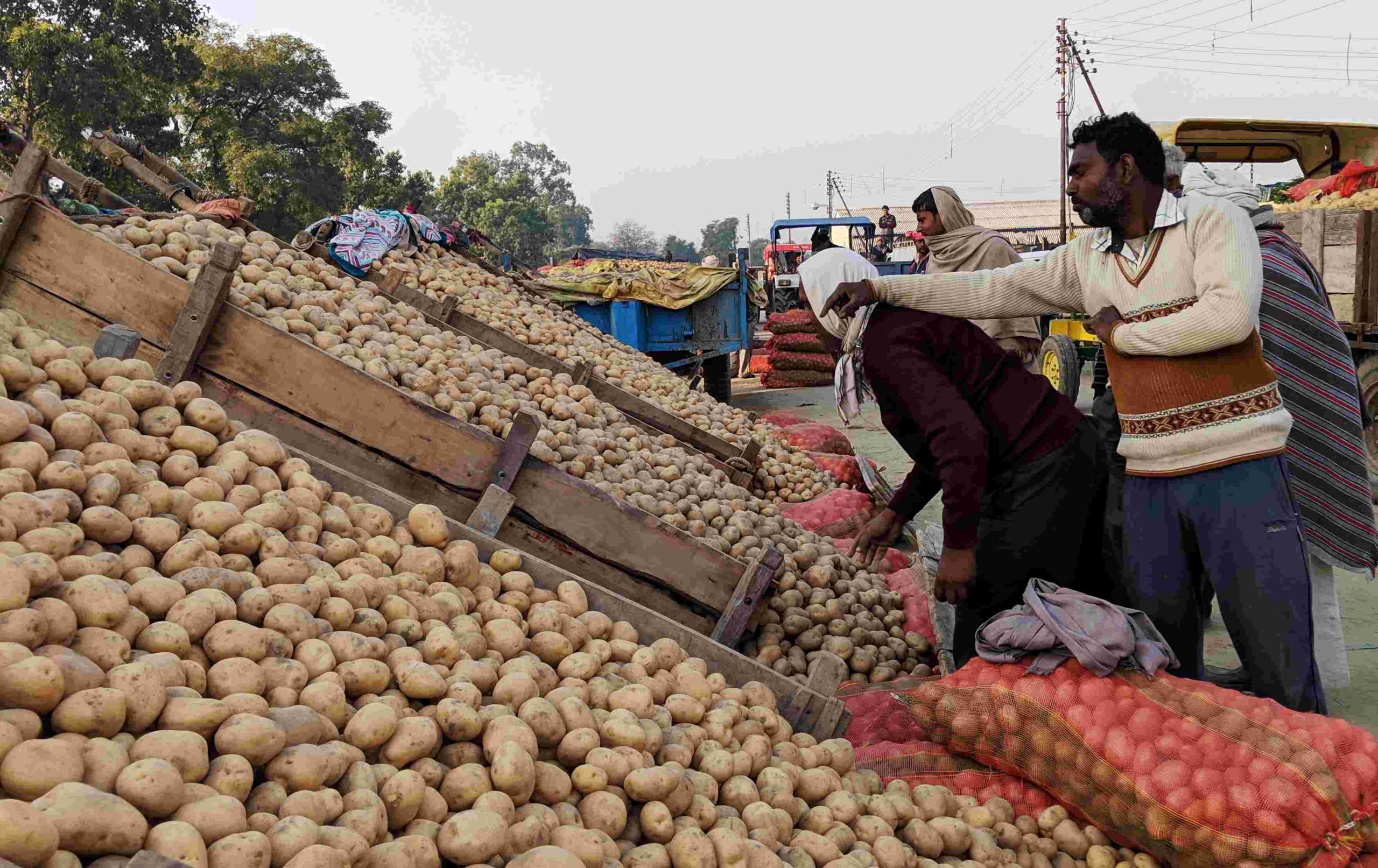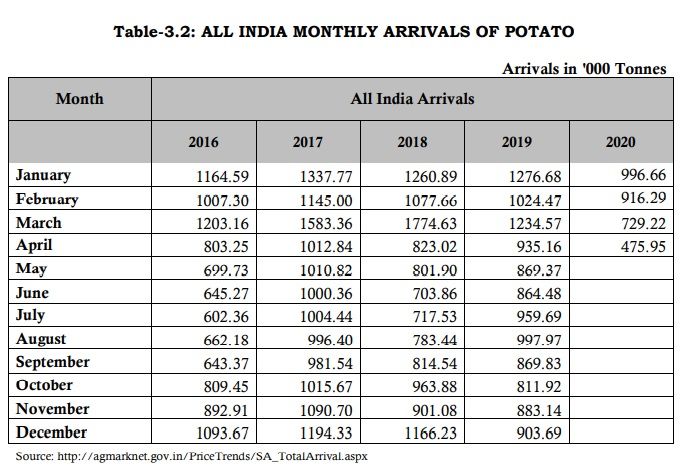Hot potatoes: Decline in acreage and production pushes potato prices to an all-time high
The spud that nourishes India has seen a sharp decline in production due to inclement weather. The acreage under potato has come down by 10% this year. Prices are expected to come down in December once new potato from Uttar Pradesh hits the market.


Annually, when onion goes through its cycle of price hike and crash, potato, the tuber that sustains and nourishes so many millions below the poverty line, remains affordable. Not this year. If onion hit a high of Rs 100 a kilogramme recently before coming down to about Rs 70 a kg, potato touched Rs 70 in the metropolitan cities and settled down at Rs 45 a kg, before climbing to Rs 80 a kg in some cities. This is a nearly four-fold increase compared to its cost during the corresponding period last year — Rs 23 a kg.
On November 19, 2020, the retail prices of potato in cities such as Delhi, Mumbai, Chandigarh, Lucknow and Ahmedabad averaged Rs 46 a kg. Last year, the same day, the price averaged Rs 26 a kg in these cities.
This hike in cost has hit people hard during the COVID19 pandemic, since many lost jobs or took steep pay cuts. “Never in my life has potato cost so much. We are used to the price of onion going up,” said 55-year-old Madhukar Upadhyay, a resident of Varanasi, Uttar Pradesh. “Usually, in November, we eat freshly harvested potatoes [called new potatoes]. This year, it’s hardly available, and when it does come to the market, it sells for fifty or fifty five rupees a kilo. Stored potatoes [old harvest] is still at about forty rupees. How will we manage?” he asked.
The steep hike in the prices of potato and onion has upset the food budget in many homes across the country. This reflected in the consumer food price index, which rose to 7.61 per cent in October, from 7.27 per cent in September this year. In October 2019, it was just 4.62 per cent, according to data released by the National Statistics Office. This hike was mainly due to the rise in food prices, especially those of kitchen staples such as potato, tomato and onion.
In September 2020, the wholesale price of potato rose to Rs 30 a kilo or above in most cities. On October 15, it shot up to Rs 50 a kilo. Why has the price of potato gone up so much this year? And will it come down to more affordable levels?

Why did the potatoes turn expensive?
In India, potato is sown during winter. But, between November-December 2019 and March 2020, unseasonal rains and hailstorms in many parts of the country damaged the crop. And so, even towards the end of 2019, it was expected that prices would go up.
Moreover, the price of vegetables has risen 22.51 per cent on an annual basis in October 2020. This explains the food inflation rate too. From 9.05 per cent in August, it shot up to 10.68 in September and it was 11 per cent in October.
In September this year, the wholesale price of potato had risen to Rs 30 a kilo or above in most cities, from Rs 25 a kilo in August. On October 15, the same price had gone up to Rs 50 a kilo in many cities. Why did the price of potato increase and by when is it expected to fall?
Despite the rain damage, farmers received a good price for their potato in February 2020. Ramchandra Verma of Barabanki district in Uttar Pradesh had planted potatoes in 4.85 hectares. “They fetched between nine hundred rupees and thousand rupees a quintal. If not, I would usually get only between four hundred and five hundred rupees a quintal. I’m seeing this kind of money after a decade,” he told Gaon Connection.
Vinod Katiyar, a farmer from Ahmadpur Deoria in Farrukhabad, the potato belt of Uttar Pradesh, said the high price that farmers got was because of low production. Lesser quantities of potato hit the market, and so prices went up. “Last year, farmers got three hundred sacks of fifty kilos each in one acre [.4 hectares]. This year, they hardly got two hundred sacks,” he told Gaon Connection.
In most states, the harvest of potato begins in January and goes on till March, but rain hindered that effort. By January 31 this year, potato production had already gone down in the country’s biggest potato-producing states of Uttar Pradesh, West Bengal, Bihar, Gujarat and Madhya Pradesh. Traders and farmers say that in the 2019-20 season, the acreage under potato decreased by eight to 10 per cent, because farmers shifted to other crops. That is another reason for the production decrease and resultant cost increase.

According to the National Horticulture Board, the production of potato in Uttar Pradesh for the 2019-2020 fiscal was 14 million tonnes as against the 15 million tonnes produced during the corresponding period in 2018-19.
Due to a combination of these reasons, Uttar Pradesh’s share in potato production in the country came down to 27 per cent in 2019-20 from 30 per cent in 2018-19.
Only in West Bengal, which contributes 25.78 per cent of the country’s output (1.3 million tonnes), did production increase by four per cent. Potato production also decreased a little in Bihar and Gujarat, which contribute 15.97 and 7.1 of the country’s production. All of this combined to push up rates.

In January 2020, about 1 million tonnes of potato reached the country’s mandis, about three lakh tonnes lesser than in 2019. In March this year, more than seven lakh tonnes of potato arrived in mandis. At the same period in 2019, the total arrivals of potato were more than 1.2 million tonnes.
The National Horticulture Board said that potato sowing would be affected in early 2020 due to rain and hailstorm. However, Arvind Agarwal, chairman of the Cold Storage Association of Uttar Pradesh told Gaon Connection that there were other reasons too. “For some years now, the persistent low price of potato saw farmers incur huge losses. And so, they began turning away from potato cultivation. This reduced the overall acreage, production and supply, but consumption stayed the same,” Agarwal said.
Like every other field, the COVID-19 lockdown took a toll on potato farmers too. “Freshly harvested potato pulled out in March could not reach cold storage because of transportation restrictions. Just in Uttar Pradesh, fifty to sixty per cent of cold storage facilities remained idle because of this,” Agarwal said.
Also, there was a shortage of other vegetables, and so people kept eating more potato. “This was from a diminishing stockpile. And, like what happened with onion, even those potatoes reserved for the seeding at the cold storage, were used up,” he said.
The prices of potato seeds also skyrocketed this season due to the breakdown of the potato supply chain. From Rs 400 and Rs 500 a quintal last year, it shot up to Rs 1,400 and Rs 1,500 a quintal.
Vijay Kumar Gupta, chief scientist of Central Potato Research Institute, Modipuram, Uttar Pradesh, told Gaon Connection that ideally, the day temperature for sowing early potato should be thirty four degrees and the night temperature should be twenty four degrees.” This year, there was fluctuation, and that affected production. “When the potatoes begin to form, the night temperature has to come down to twenty degrees. This time, the maximum temperature did not fall as rapidly as the minimum temperature, possibly due to climate change,” he said.
The potato crop of several farmers in Uttar Pradesh has also been damaged. Amar Singh, agricultural scientist at Krishi Vigyan Kendra in Kannauj, informed Gaon Connection that potato sown in the last week of September and the first week of October are yet to germinate. “Usually, when the temperature remains high, we advise farmers to plant whole potatoes, but many farmers had already cut and sown just the seeds, which then rotted in the field,” he explained.

When will the cost come down?
The central government has allowed unlicensed import of potato from Bhutan till January 31, 2021, without a licence, unlike the usual norm.
Every year in Uttar Pradesh, potatoes are emptied from cold storage units by November 30. This year they were emptied out on October 31. “This might bring down prices by two or three rupees a kilo in November, but when these potatoes get over, prices will rise again,” cautioned Arvind Agarwal, the state president of Uttar Pradesh Cold Storage Association.
It is expected that prices will genuinely come down only after December, when new potato arrives from Uttar Pradesh, Agarwal said.
Gajendra Yadav, a potato trader at Azadpur Mandi in Delhi, one of the largest mandis in the country, agreed with Agarwal.
Till that happens, the humble spud is now the proverbial hot potato, scalding every hand that holds it.

